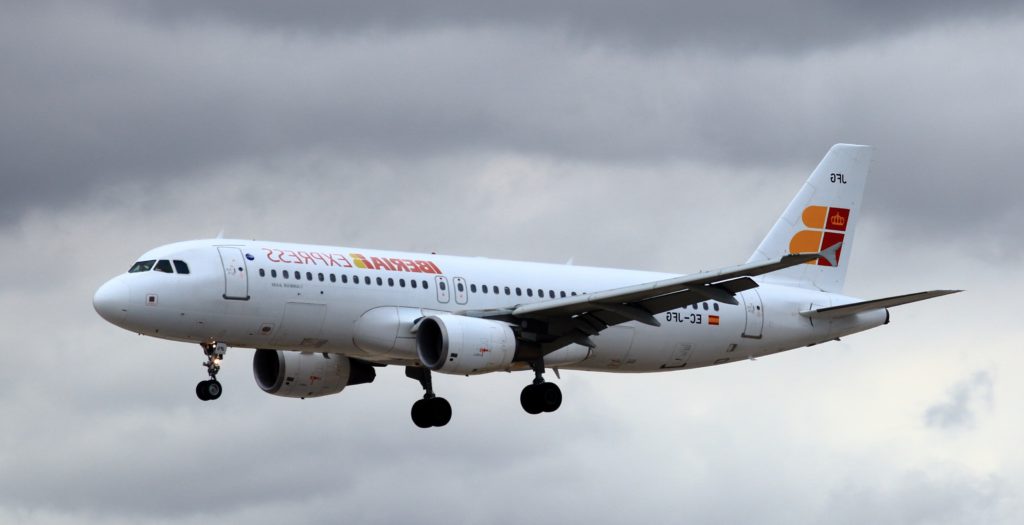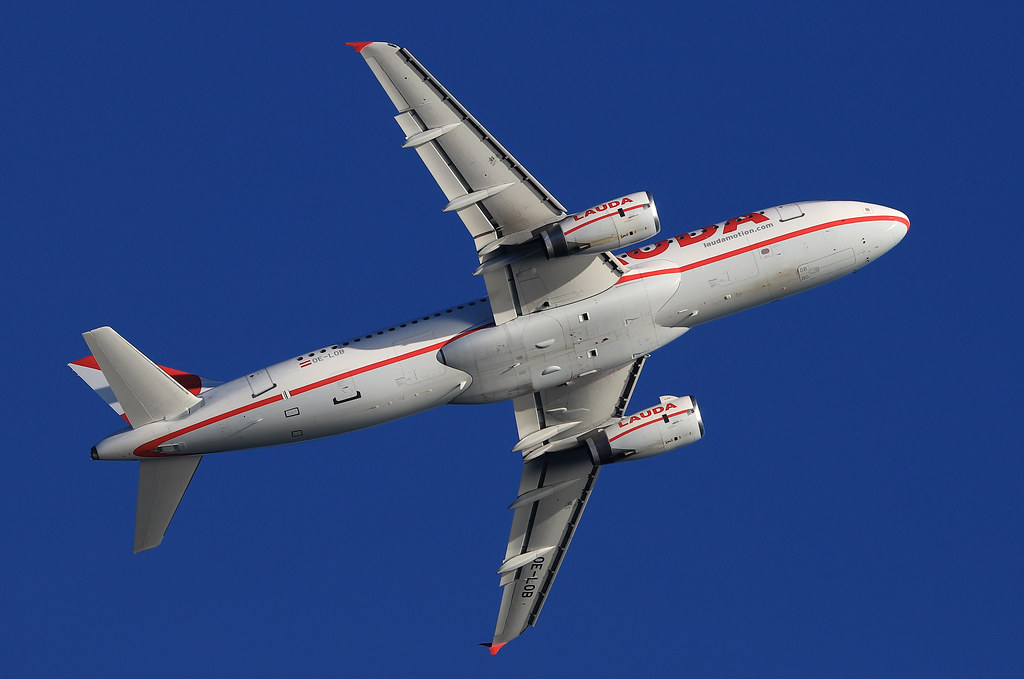Airbus has been one of the leading aircraft manufacturers for several years now; but since the last decade, they started researching a new revolutionary technology that would put them on top: the Airbus A320neo. But how has this new aircraft family taken over the market, and what factors further increased its impact?

Airbus A320neo in a nutshell
Airbus began working on a new type of jet on 2006; the aim of the project was to create a new fuel efficient aircraft. The result of this work was the Airbus A320neo family. This aircraft are modeled after the previous models, which was beneficial as they were some of the bestselling aircraft previously.
However the A320neo doesn’t just improve on its predecessors, it also features fuel efficient components. One of the big improvements on the new aircraft are the sharklet wing tips; which reduce drag and ultimately reduce fuel consumption by up to 5%.
The Airbus A320neo features several improvements over its predecessor; however the main upgrade is its engine. The NEO part of the name stands for “New Engine Option”, and it is this new engine what makes the Airbus A320neo shine.
At first, the engine could reduce fuel consumption by 15%; however, currently the Airbus A320neo with all of its features can reduce fuel consumption by up to 20% per seat! Airbus really outdid themselves with the new aircraft, by improving their engineering and amenities.
However these great improvements alone did not cause the A320neo to take over the market. There were other factors in play, and some of them didn’t just involve Airbus. Their main competitor, Boeing, also launched a new fuel efficient aircraft: the B737 MAX.
Boeing rushed the production of their new model to compete with the A320neo; however, these ultimately led to 2 tragic incidents which further improved the appearance of the A320neo. Furthermore, Airbus is now working on a new aircraft that does not produce CO2.
Seeing how the A320neo began several years ago; they might just take over the market in the future as well!
The Airbus A320neo design
As mentioned before, the A320neo is largely based on its predecessor, and is not very different besides minor improvements and its fuel efficient design. Some of these improvements include upgraded air conditioning system, lightning, luggage space and passenger capacity.
The seats have also been improved as they now provide more leg room, and feature comfortable black leather cushions. Airbus also offers different lavatory configurations to further expand passenger space.
While relevant, these upgrades are not as impactful as the fuel reducing features. After all, reducing fuel consumption was the whole point of the A320neo project.
While the sharklet wingtips provide a relevant contribution, it is important to note that they are not limited to the new generation aircraft; Airbus clients can request their previous generation aircraft to be upgraded with these as well.
Currently, Airbus is offering their clients a choice between 2 different fuel efficient engines. The options available are the CFM International LEAP-1A and the Pratt & Whitney PW1000G. While both engines are successful in reducing the fuel consumption, the LEAP engine has was the preferred option on launch.
This was due to the PWG engine presenting some issues at first, and 46% of the A320neo aircraft with this engine where grounded from January to August in 2017; compared to only 9% of the aircraft with LEAP engines on the same time period.
So far, Airbus has designed 3 different variations of the NEO aircraft: the A319neo, A320neo, and A321neo; however the previous A318 model was not included on the NEO family, due to its low market demand.
The A319neo is a smaller version of the standard A320neo, being able to carry 160 passengers in comparison to the 180 the standard model can transport. The A321neo is a larger version, but experienced tail strike issues at first.
However the size and weight are not the only differences on the A321neo, it also allows for more fuel to be carried, significantly increasing the distances it can travel. Further work on the A321neo led to the development of the A321neoXLR; an aircraft that promises to lower the costs of fuel per seat by 30% and increase the travel range up to 4,700nm for over 200 passengers.
Success in the single aisle market
Successfully reducing fuel consumption and/or increasing fuel capacity is the sell point of the Airbus A320neo; along with all the improvements made on the original design, it’s no wonder over 1000 aircraft where delivered by 2019.
However the success of the aircraft was not due to its improvements alone; there were other external factors that furthered pushed Airbus in the lead. Namely, this was due to its main competitor, Boeing, experiencing issues with their own aircraft.
In response to the Airbus A320neo, Boeing released its own fuel efficient aircraft to compete with Airbus. Theirs was the Boeing 737 MAX, an aircraft that much like the A320neo was designed largely on its predecessor’s design. The main change was also on the engines.
The Boeing 737 MAX featured a new engine model that was considerably larger than the ones used previously. This came with an added problem of unbalancing the aircraft. However Boeing sought to fix this problem by incorporating flight control software known as MCAS. This system was supposed to compensate the aircraft’s problem of tilting forward due to the added weight.
Unfortunately however, due to several reasons and mistakes, the same MCAS system caused 2 Boeing 737 flights to crash on October 29th 2018 and March 10th 2019. This led to all of Boeing 737 MAX aircraft to be grounded, leaving the A320neo without direct competition.
While it’s expected for the Boeing 737 MAX to return to the air later this year or at the start of 2021; they will have a lot of catching up to do with Airbus.

A flight to remember
Combined with efficient engineering and state of the art commodities, flying on an A320neo is a marvel. Despite the upgrade on the engines, the noise they produce is actually lower than the engines on its predecessor.
Thanks to enhancements on the new aircraft, maintenance costs and operational costs have been reduced significantly. This is great for companies and customers alike, since this will make flights more accessible and lead to more people flying!
Better yet, the aircraft doesn’t just look and feel better; it’s also safer due to its upgraded systems and improvements. Even the A321neo has been adjusted to overcome its initial issues due to the increase length and weight.
Additionally, due to the current global pandemic, big airlines have been experiencing issues with the costs of fuel. This is because in order to save money, they often enter deals to pay a determined amount for fuel; but now that the actual price has lowered, they are still paying their agreed price! The fuel efficiency of the A320neo aircraft simply couldn’t be more convenient right now!
While there were factors in play outside the company; Airbus’s A320neo family did not fall short, and seized the opportunity to strike gold in the single aisle market.
Contact us today and find out how to put OSPs expertise to work for you

